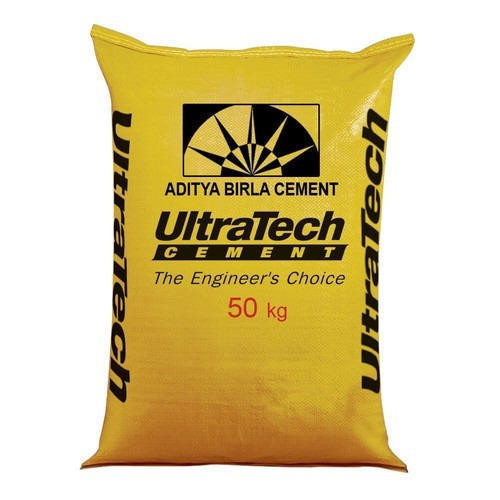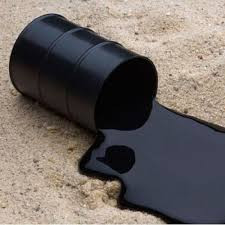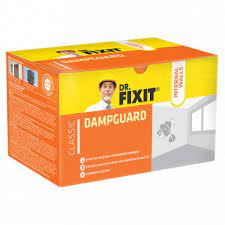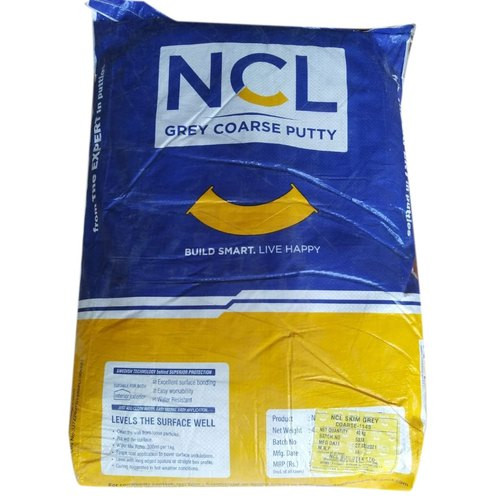





Coromandel SRPC Cement
Coromandel SRC is manufactured as per the IS 12330-1988 specification. The Compressive Strengths and Setting Properties are designed to suit the best construction requirements. The Bureau of Indian Standards have specified the use of such Sulphate Resisting Cement for aggressive environments and they specified the maximum limit of 5% C3A in such cements.
Protection From Sulphate Attacks
Sulphate Resistant Cement (SRC) is a blended cement designed to improve the performance of concrete in the event of a sulphate attack. It also provides improved durability for concrete in most aggressive environments, reducing the risk of deterioration of the structure.
 What Kind of Buildings Require Protection from Sulphate Attack
What Kind of Buildings Require Protection from Sulphate Attack
- Buildings in aggressive environments like those near the sea
- Buildings constructed in areas with soil having high sulphate content i.e. >0.2% of mass or where ground water has 0.3gms/ later sulphate content
- Water & effluent treatment plants
- Piling (underground structures)
How to Identify a Sulphate Attack?
- Cracks start appearing in plastered surfaces & widen with the passage of time
- Corrosion in the steel
- White powder appears along the cracks
- Plaster starts peeling/falling Off.
Mix Design
The proportioning of constituent materials in a concrete mix is a complicated matter which can be influenced by many factors. We recommend that trials be conducted with the available materials to ascertain optimum cement contents for specific classes of concrete.
Compressive Strength Development
Strength development in Portland cement concrete is affected by a number of factors such as the physical and chemical properties of the cement, water to cement ratio, admixtures, curing and environmental conditions.
Workability / Setting Times
Concrete produced with a sulphate resistant cement may require less water to achieve a specified level of workability and setting times may also be significantly extended.
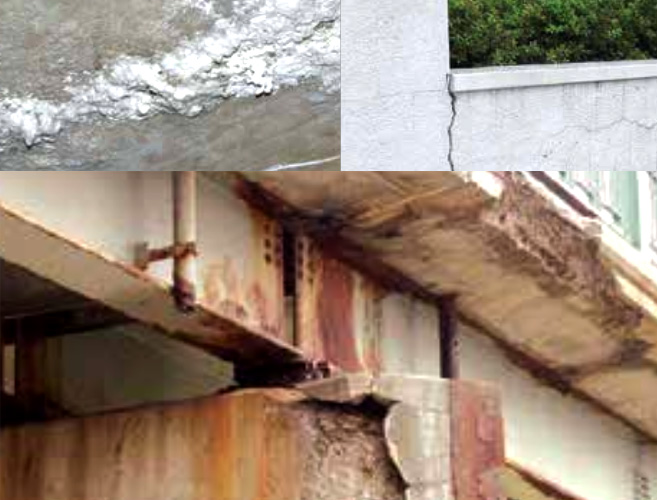
Curing
A minimum curing period of seven days is recommended for all exposure classifications. Concrete should be maintained in a continually moist condition wherever practicable. Water sprays, wet sand or moisture retaining techniques, such as clear polyethylene sheets or curing compounds are recommended. Curing should begin upon the completion of surface finishing or in accordance with manufacturer’s instructions where
Storage, Handling and Safety
The 'shelf life' of Portland cement products is dependent on the storage conditions. It is recommended that Portland cement products be re-tested prior to use if the age of the cement exceeds three months. Portland cement products are highly alkaline materials and are significantly affected by exposure to water. Full Safety, Storage, Handling and Disposal information is available in the specific product.

